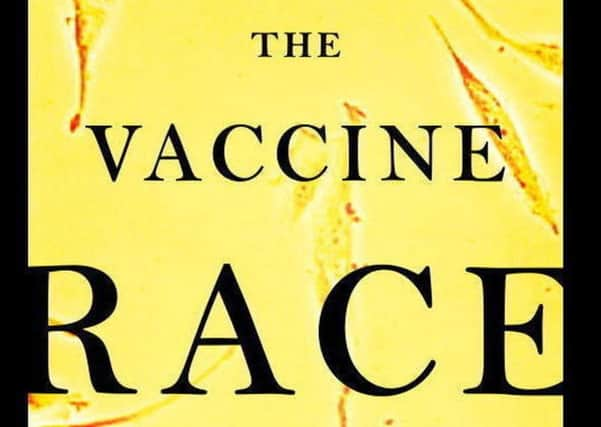Race to create vaccines safe for all


Viruses grow and replicate inside cells.
Ideally, these cells should, to paraphrase the American anatomy professor Leonard Hayflick, be clean, safe, normal and noncancerous. This would necessarily rule out the famed HeLa cells (everlasting cancer cells taken from Henrietta Lacks); but what cells to use instead?
This is the focus of Meredith Wadman’s excellent new book, The Vaccine Race: Science, Politics and the Human Costs of Defeating Disease. Hayflick’s research into cell lines was pivotal. His goal was to find (and mass-produce) the safest human cells for vaccine production, achieved by using lung cells from the aborted fetus of a Swedish woman, identified in the book only as Mrs X.
Advertisement
Hide AdAdvertisement
Hide AdOrphans held in institutions and infants born to women in prison were used to test the experimental vaccines utilising Hayflick’s cells. In 1968 he took all of his cell cultures with him to his new professorship at Stanford University, leading to a long-running legal battle.
Wadman makes fascinating comparisons between rubella and the Zika virus: both viruses causing mild illness in the mother, but major birth defects in the fetus. Her book really hits its stride is in part two, where it focuses on rubella, and horrifyingly, rabies. Despite the title, the race starts slowly, and I must admit to glazing over at mentions of biotech shareholder dividends and US government legislation. Also, I would have liked more about the MMR scandal of the late 1990s and early 2000s.
Hayflick’s WI-38 cells ultimately protected billions of people. The Vaccine Race takes in all of this and is in the end an important story, well told.